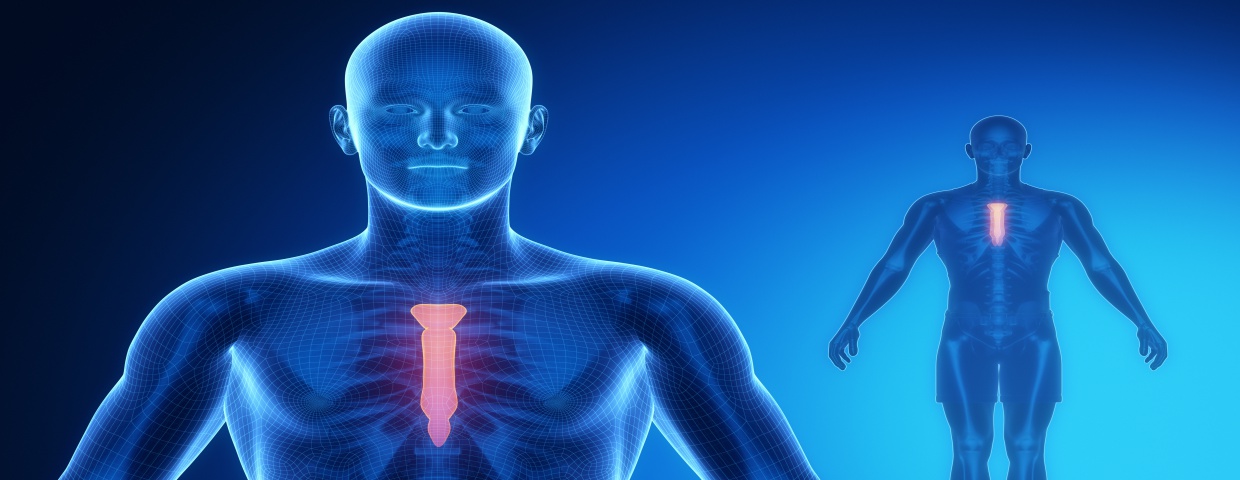HEART HUGGER AND STERNUM STABILIZATION
Following a major procedure will leave one very susceptible to different complications that are associated with open heart surgery. It is our job at Heart Hugger to attempt to prevent as many of these complications as we can. This includes sternal wound dehiscence, any pain experienced by the patient, as well providing as much sternal stability to the wound during the recovery process. While none of these are easy to accomplish, the ultimate goal is to have the speediest recovery possible while also avoiding any unnecessary complications.










